2011 Skywatching Guide: Planets in the Solar System
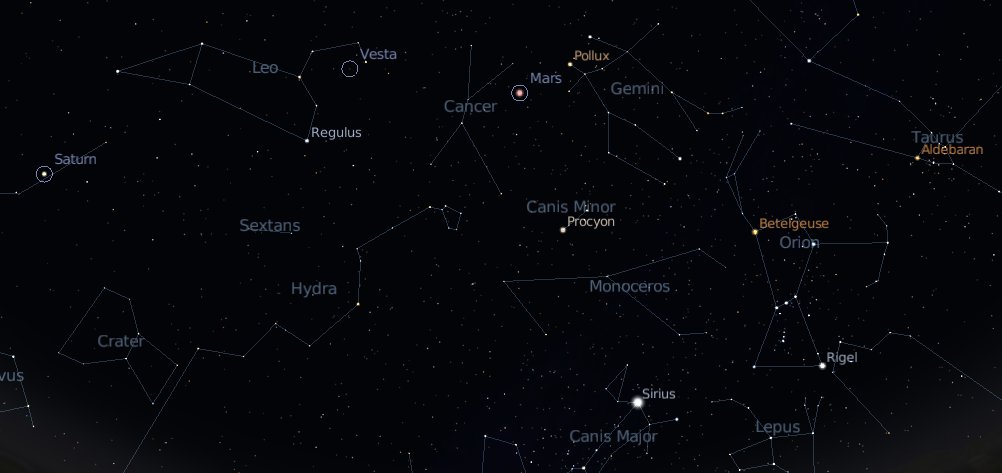
The planets of our solar system are at tomes some of the most rewarding and simplest skywatching targets to spot, if you know when and where to look. Here's a look at how to observe the planets of the solar system in 2011:
Tip: Astronomers measure distances in the sky in terms of degrees. For reference, your clenched fist held at arm's length covers about 10 degrees of the night sky. The brightness of a planet or other object in the sky is measured as its "magnitude." The lower an object's magnitude, the brighter it appears, so objects with negative signs in front of their magnitude numbers below are exceptionally bright.
MERCURY
Mercury is often a difficult planet to find, but there are certain short periods each year when it can be seen with the naked eye with little effort, either just after sunset or before sunrise.
In 2011, Northern Hemisphere observers will two periods when Mercury can easily be located. During the second half of March, Mercury can be seen low in the west-northwest soon after sunset. During early September, Mercury can be seen low in the east-northeast Just before sunrise.
Southern Hemisphere observers will find Mercury well placed in the morning sky during early May, in the evening sky in late July, and in the evening sky in mid-November.
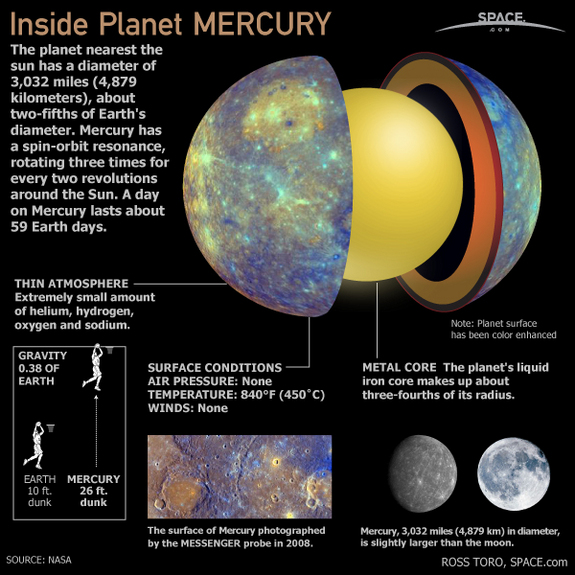
| Date | Event | Degrees from Sun | Magnitude | N. Hemisphere | S. Hemisphere | Visibility |
| January 9 | Greatest Elongation West | 23 | –0.3 | Poor | Good | Morning |
| February 25 | Superior Conjunction | |||||
| March 23 | Greatest Elongation East | 19 | –0.2 | Excellent | Poor | Evening |
| April 9 | Inferior Conjunction | |||||
| May 7 | Greatest Elongation West | 27 | +0.4 | Poor | Excellent | Morning |
| June 13 | Superior Conjunction | |||||
| July 20 | Greatest Elongation East | 27 | +0.3 | Fair | Excellent | Evening |
| August 17 | Inferior Conjunction | |||||
| September 3 | Greatest Elongation West | 18 | –0.2 | Excellent | Poor | Morning |
| September 28 | Superior Conjunction | |||||
| November 14 | Greatest Elongation East | 23 | –0.3 | Poor | Excellent | Evening |
| December 4 | Inferior Conjunction | |||||
| December 23 | Greatest Elongation West | 22 | –0.4 | Good | Good | Morning |
VENUS
2011 is not a very good year for observing Venus. It spends most of its time in the morning sky or on the far side of the sun.
| Date | Event | Magnitude |
| January 8 | Greatest Elongation West | –4.3 |
| August 16 | Superior Conjunction | –3.8 |
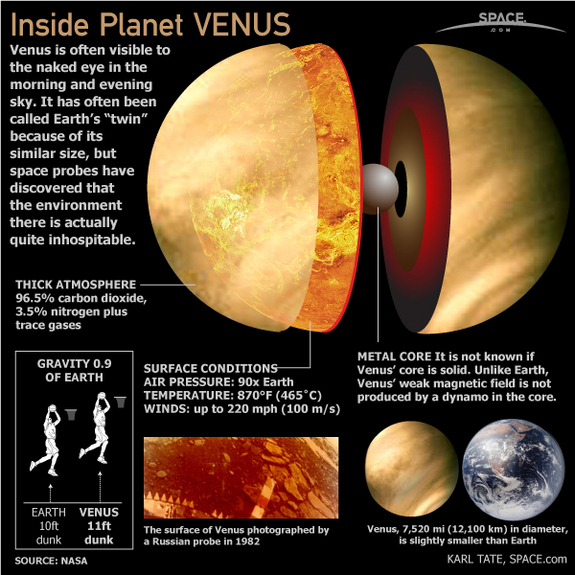
MARS
2011 is also a poor year for observing Mars. It spends most of the year on the far side of the sun, and only begins to get large enough to see any detail on it in the last few weeks of the year.
| Date | Event | Magnitude |
| February 4 | Conjunction | +1.1 |
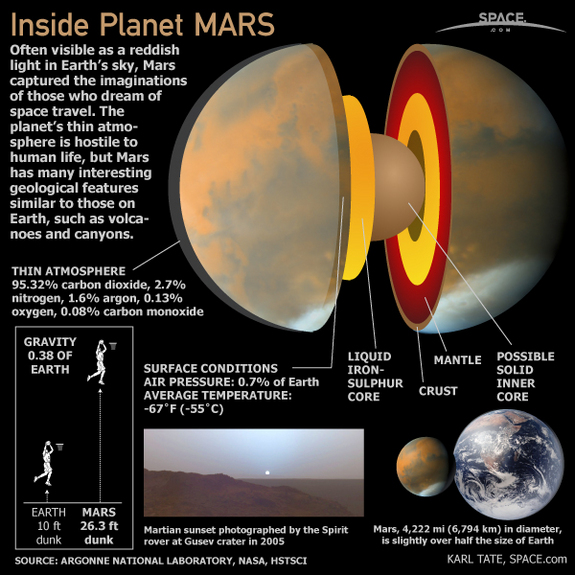
JUPITER
Jupiter spends the first part of the year in the constellation Pisces, except for a brief incursion into the constellation Cetus from February 24 to March 8.
Let the astrologers make of that what they will. It moves into Aries on June 6. It moves back into Pisces on Dec. 3. It is best viewed in the morning sky from July until the Oct. 29 opposition, when it moves into the evening sky for the rest of the year. The angular diameter at opposition will be 49.6 arcseconds. Binoculars will show the four largest satellites. A small telescope will show one or two cloud bands across the visible surface of the planet.
| Date | Event | Magnitude |
| April 6 | Conjunction | –2.1 |
| Oct. 29 | Opposition | –2.9 |
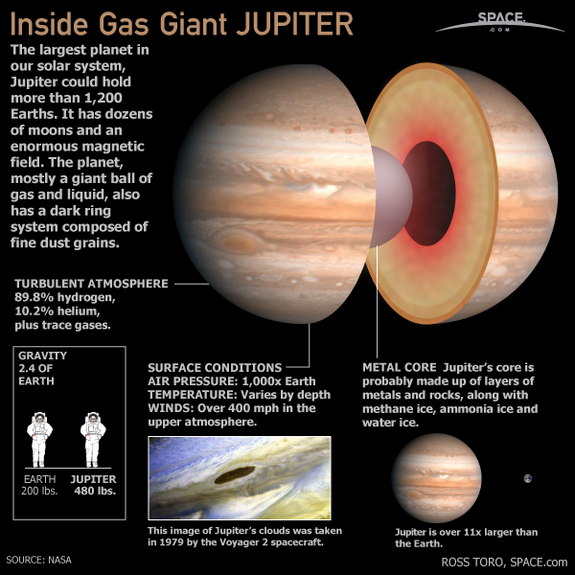
SATURN
Saturn will spend all of the year in Virgo. Saturn can be viewed in the morning sky until April 4, when it moves into the evening sky.
From September to November it will be behind the sun, reappearing in December in the morning sky. The rings will gradually be opening over the year, making them easy to see in any telescope magnifying more than about 30x.
Saturn’s largest moon Titan is readily visible in a small telescope, and several more moons may be seen in larger telescopes. At opposition, the planet’s angular diameter will be 19.3 arc seconds.
| Date | Event | Magnitude |
| April 4 | Opposition | 0.4 |
| Oct. 13 | Conjunction | 0.7 |
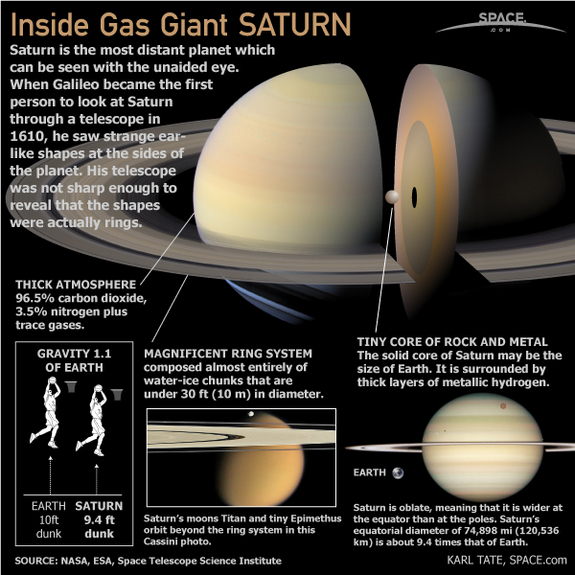
URANUS
Uranus spends all of 2011 in the southwestern part of Pisces. It is best viewed in fall. It is in opposition on September 26, when it moves from the morning sky into the evening sky. Although it may be seen with the naked eye in a very dark sky, usually binoculars will be required to make it out. Its angular diameter is less than 4 arcseconds.
| Date | Event | Magnitude |
| March 21 | Conjunction | 5.9 |
| Sept. 26 | Opposition | 5.7 |
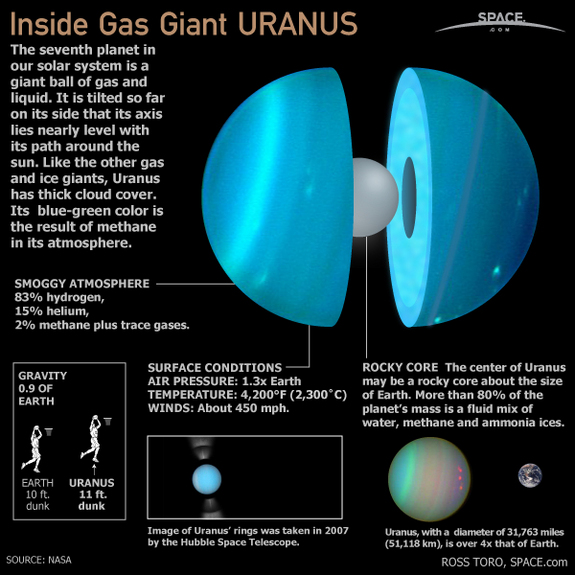
NEPTUNE
Neptune starts out 2011 in Capricornus, but on Jan. 23 it moves into Aquarius for the rest of the year. It is best viewed during the late summer and early fall. It is in opposition on Aug. 22, when it moves from the morning sky into the evening sky. Binoculars or a small telescope will be required to see it. The angular diameter is about 2 arcseconds.
| Date | Event | Magnitude |
| Feb. 17 | Conjunction | 8.0 |
| Aug. 22 | Opposition | 7.8 |
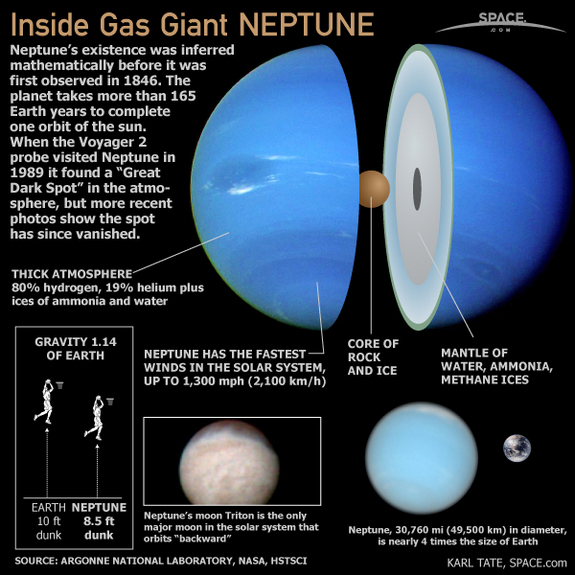
All about our solar system, outer space and exploration
———————————————————————————————–
Source: RASC Observer’s Handbook 2011 and Starry Night Software
This 2011 Planets Skywatching Guide is provided by Starry Night Education

Commenting rules and guidelines
We value the thoughts and opinions of our readers and welcome healthy discussions on our website. In order to maintain a respectful and positive community, we ask that all commenters follow these rules:
We reserve the right to remove any comments that violate these rules. By commenting on our website, you agree to abide by these guidelines. Thank you for helping to create a positive and welcoming environment for all.